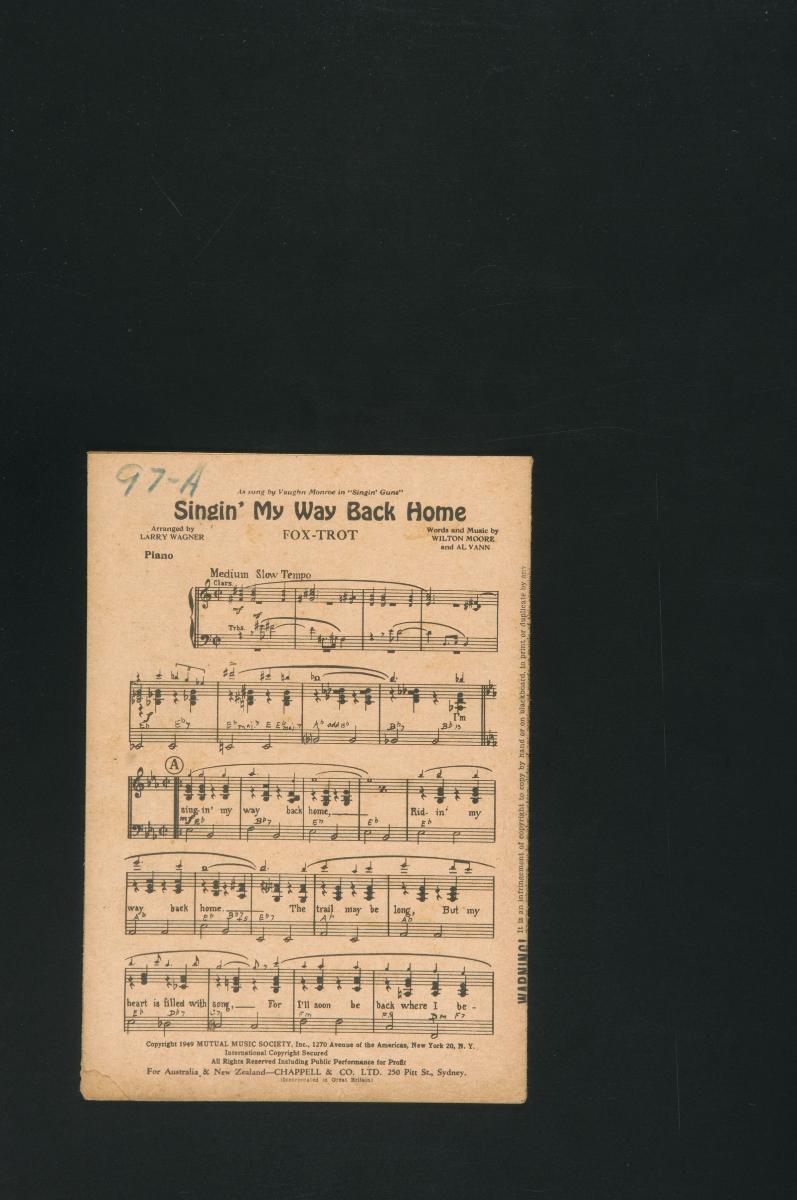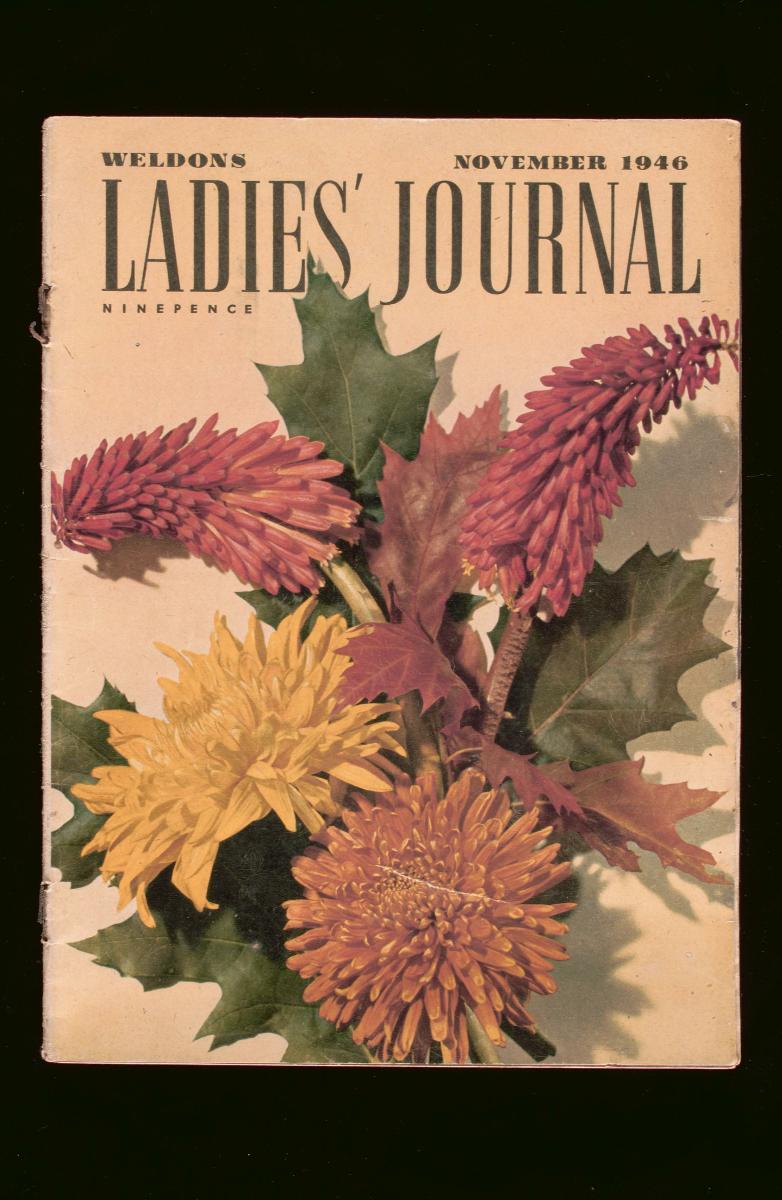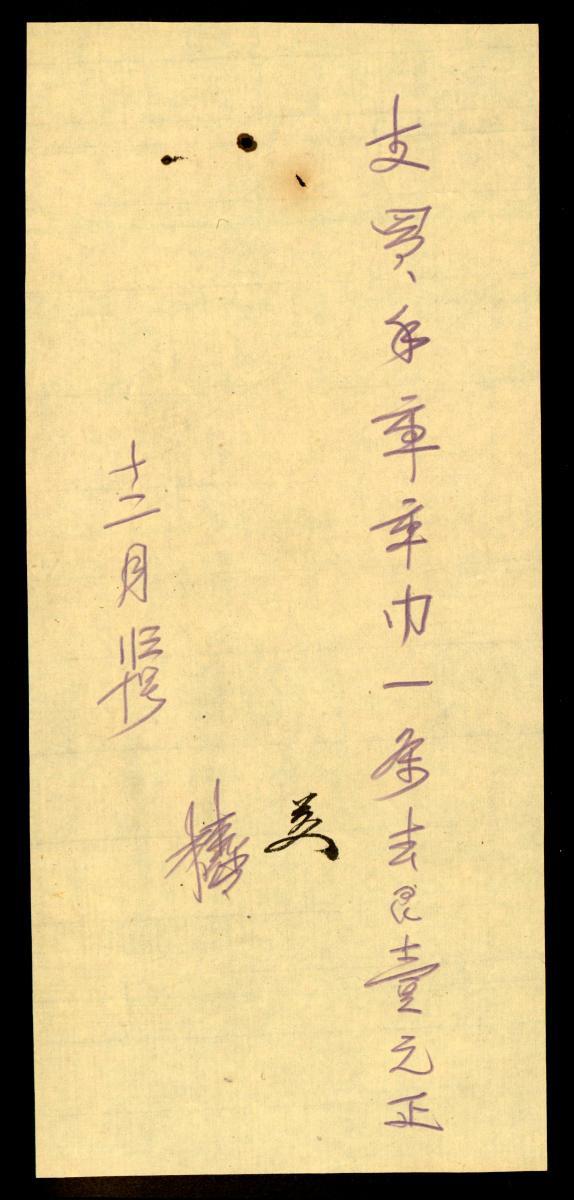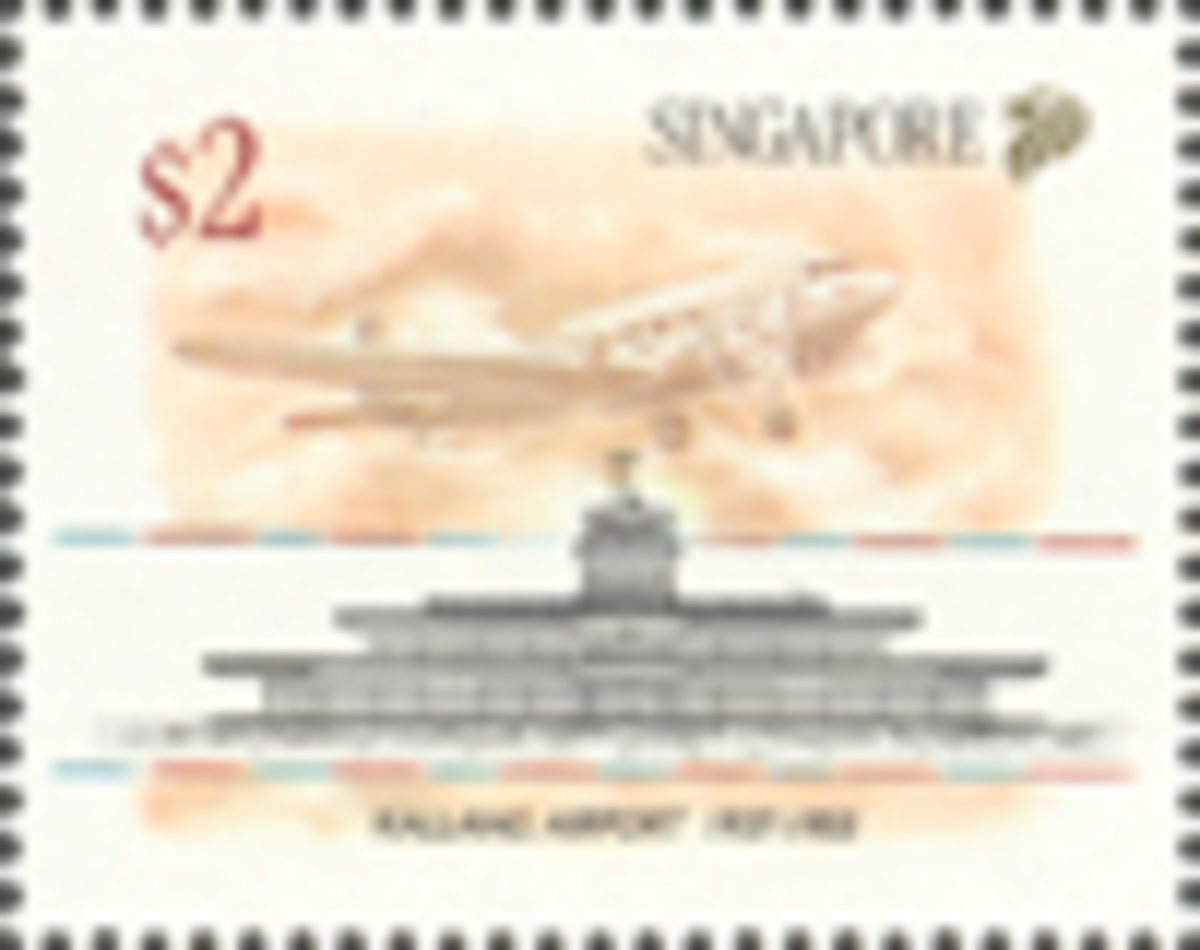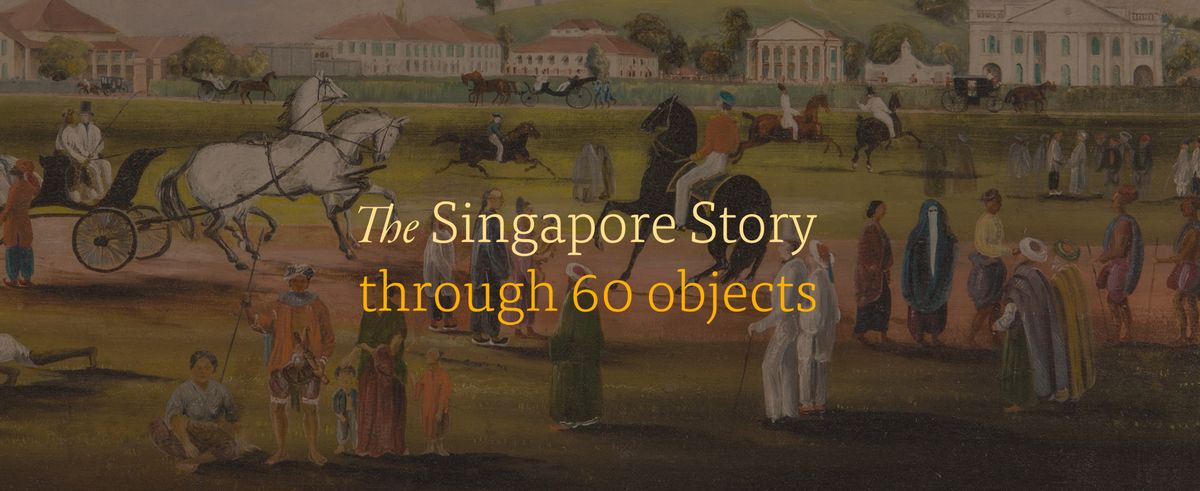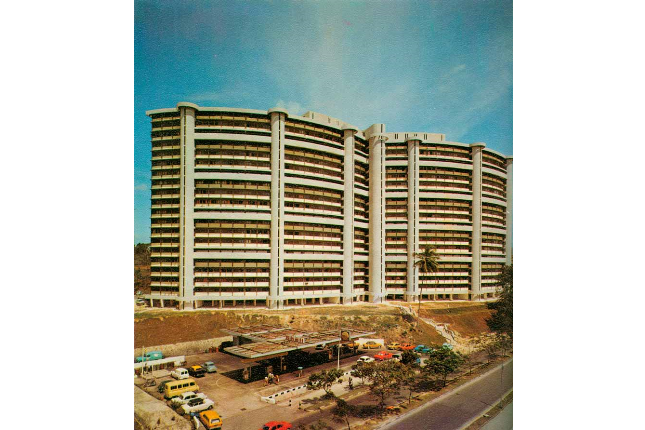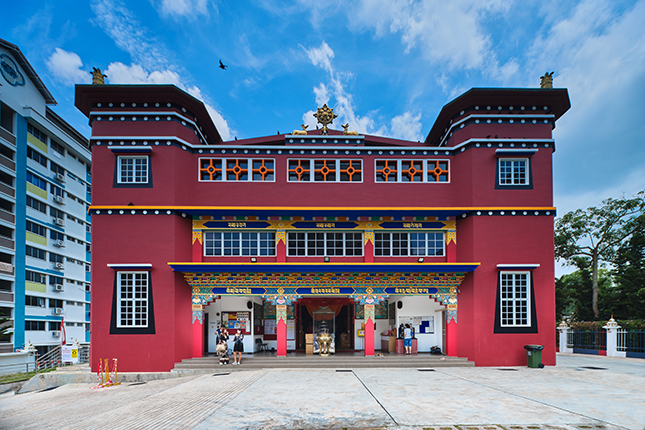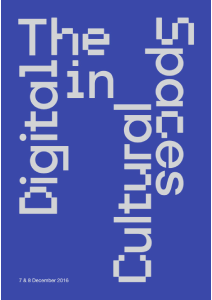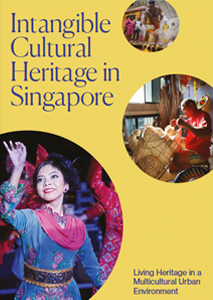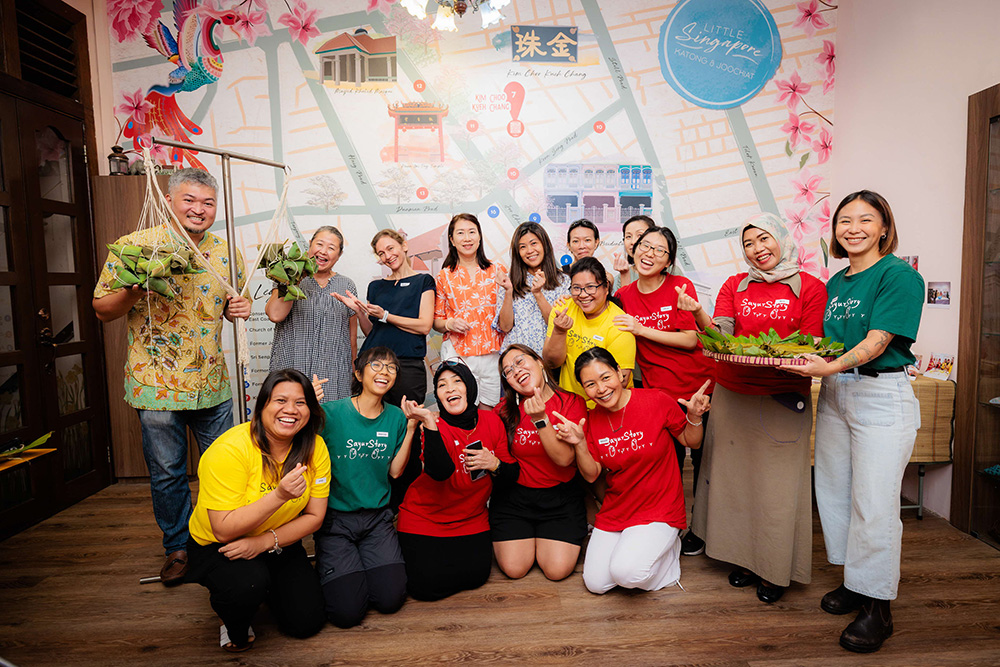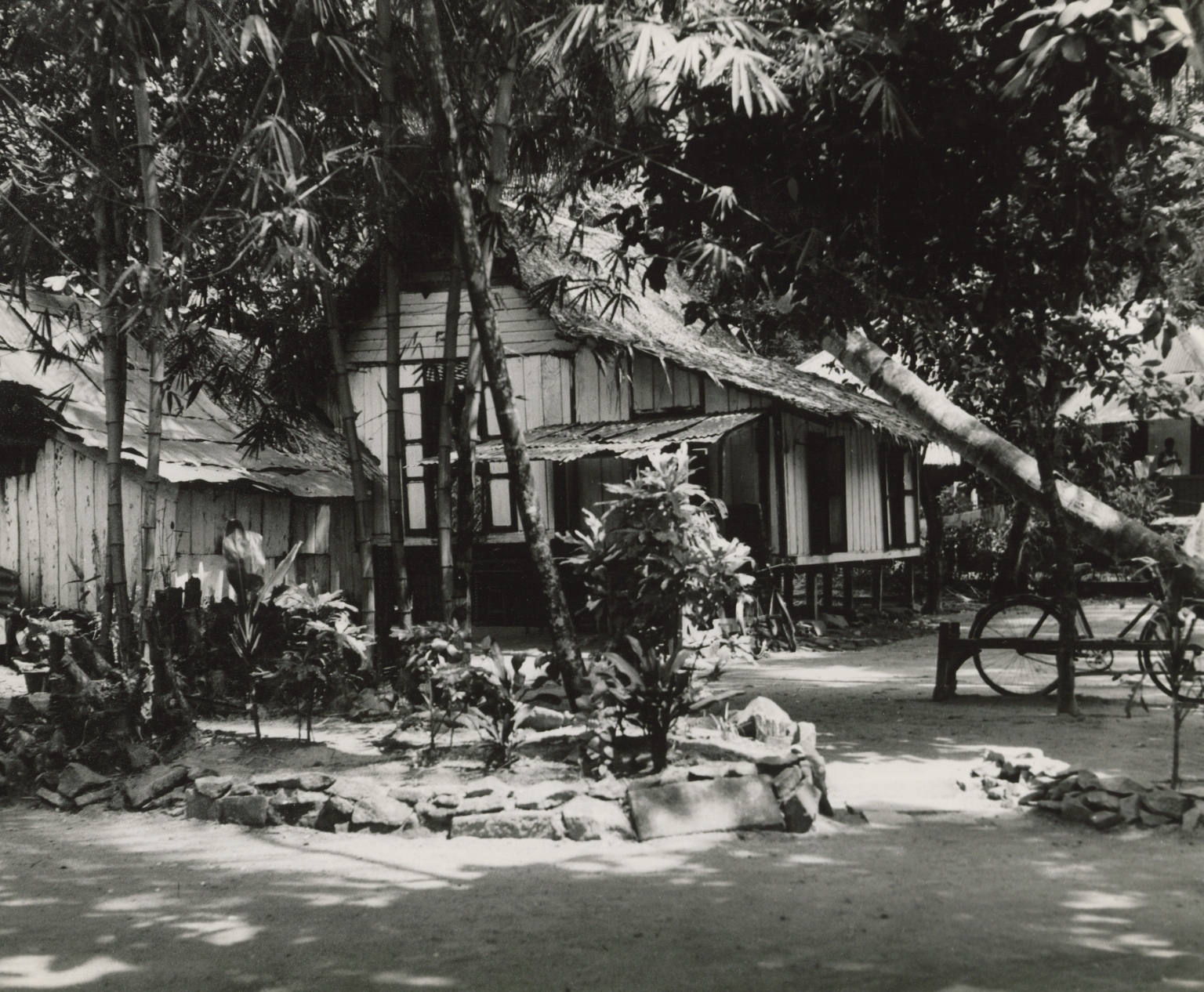Traditional style Balinese paintings typically depict narrative stories and scenes drawn from mythological sources such as Panji stories, known as colloquially as Malat, as well as from the adapted Indian epics the Ramayana and Mahabarata. This particular painting portrays a scene from the epic narrative poem Arjunawiwaha (Arjuna Meditates), a kakawin reputedly composed in Java by Mpu Kanawa during the reign of King Airlanga ca. 1030 CE. In this scene the deity Indra commands demons to disturb Arjuna and disrupt his meditation.The Balinese customarily produced paintings to decorate temples and palaces, as well as for display in ritual practices. However, after the collapse of the traditional Balinese kingdoms and imposition of Dutch rule in the early 20th century such paintings also came to be produced as commercial works of art for sale. The most well-known source for such paintings was Desa Kamasan, near the court of Klungkung in south eastern Bali. Kamasan was made up of distinct wards known as banjar where specialised craftsperson’s lived and worked as goldsmiths (pande mas), metal and iron smiths (pande), or painters (sangging), among other crafts. Artisans in other areas of Bali produced similar style of paintings, particularly in earlier times but most of these died out long ago. Today works in the traditional style have come to be largely associated with Kamasan.





